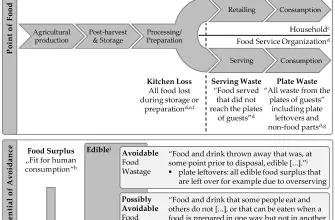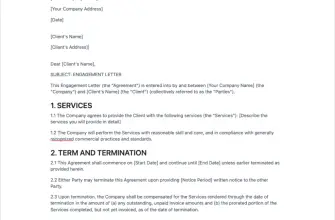Redundancy is a challenging situation for both employers and employees. It can lead to financial instability, loss of morale, and a decrease in productivity. However, there are alternatives to redundancy that can help businesses maintain their workforce while also managing their financial obligations. This article will explore 12 effective ways to avoid redundancy, providing employers with alternative options to consider. We will also delve into how to avoid redundancy in writing, the benefits of redundancy, and redundancy benefits for employees.
1. Job Sharing
Job sharing is an effective alternative to redundancy. It involves two or more employees sharing the responsibilities of one full-time position. This can help to reduce costs while maintaining the skills and experience within your team.
2. Reducing Overtime
Another way to avoid redundancy is by reducing overtime. This can help to cut costs without having to let go of any employees. However, it’s important to communicate this change effectively to your team to ensure they understand the reasons behind it.
3. Temporary Lay-offs
Temporary lay-offs can be a viable option in certain situations. This involves temporarily suspending employment contracts, with the intention of re-employing the individuals when business conditions improve.
4. Short-Time Working
Short-time working involves reducing the number of hours employees work each week. This can help to cut costs while keeping your team intact. However, it’s important to ensure that this is done fairly and transparently to maintain morale.
5. Re-Training and Re-Deployment
Re-training and re-deployment can be an effective way to avoid redundancy. This involves training employees in new skills and deploying them in different areas of the business. This can help to maintain productivity while also providing employees with new opportunities for growth.
6. Voluntary Redundancy
Voluntary redundancy can be a beneficial option for both employers and employees. This involves offering employees the option to leave the company voluntarily, often with an enhanced redundancy package. This can help to reduce the number of compulsory redundancies needed.
7. Salary Sacrifice
Salary sacrifice involves employees agreeing to a temporary reduction in their salary to help the business manage its costs. This can be a difficult decision for employees to make, so it’s important to handle this process with sensitivity and transparency.
8. Freezing Recruitment
Freezing recruitment can be an effective way to manage costs without having to make redundancies. This involves halting any new recruitment processes and focusing on developing the skills and capabilities of your existing team.
9. Early Retirement
Offering early retirement can be another alternative to redundancy. This involves offering employees who are close to retirement age the option to retire early, often with an enhanced pension package.
10. Flexible Working
Flexible working can help to reduce costs while also providing employees with a better work-life balance. This can involve flexible start and finish times, working from home, or compressed hours.
11. Reducing Non-Essential Spending
Reducing non-essential spending can be another effective way to manage costs. This can involve cutting back on things like travel, entertainment, and office supplies.
12. Consulting with Employees
Finally, consulting with employees can be an effective way to find alternatives to redundancy. This involves discussing the situation with your team and asking for their ideas and suggestions. This can help to foster a sense of teamwork and collaboration, while also potentially uncovering new ways to save costs.
How to Avoid Redundancy in Writing
Redundancy in writing can make your communications less effective and harder to understand. Here are some tips to avoid redundancy in writing:
- Be concise: Try to express your ideas in as few words as possible.
- Avoid repetition: Don’t repeat the same information in different ways.
- Use synonyms: If you need to refer to the same thing multiple times, use different words to keep your writing interesting.
Benefits of Redundancy
While redundancy can be a difficult process, it can also have benefits. For employers, redundancy can help to manage costs and improve efficiency. For employees, redundancy benefits can provide financial support during a period of transition, and can also provide an opportunity for individuals to reassess their career goals and explore new opportunities.
Redundancy Benefits for Employees
Redundancy benefits for employees can include:
- A redundancy payment: This is usually based on the employee’s age, length of service, and salary.
- Notice period: Employees are usually entitled to a notice period, or payment in lieu of notice.
- Time off to look for work: Employees who have been made redundant are often entitled to reasonable time off to look for new employment or to arrange training.
In conclusion, while redundancy can be a challenging process, there are many alternatives to redundancy that can help to manage costs while maintaining morale and productivity. By considering these options, employers can find the best solution for their business and their team.









